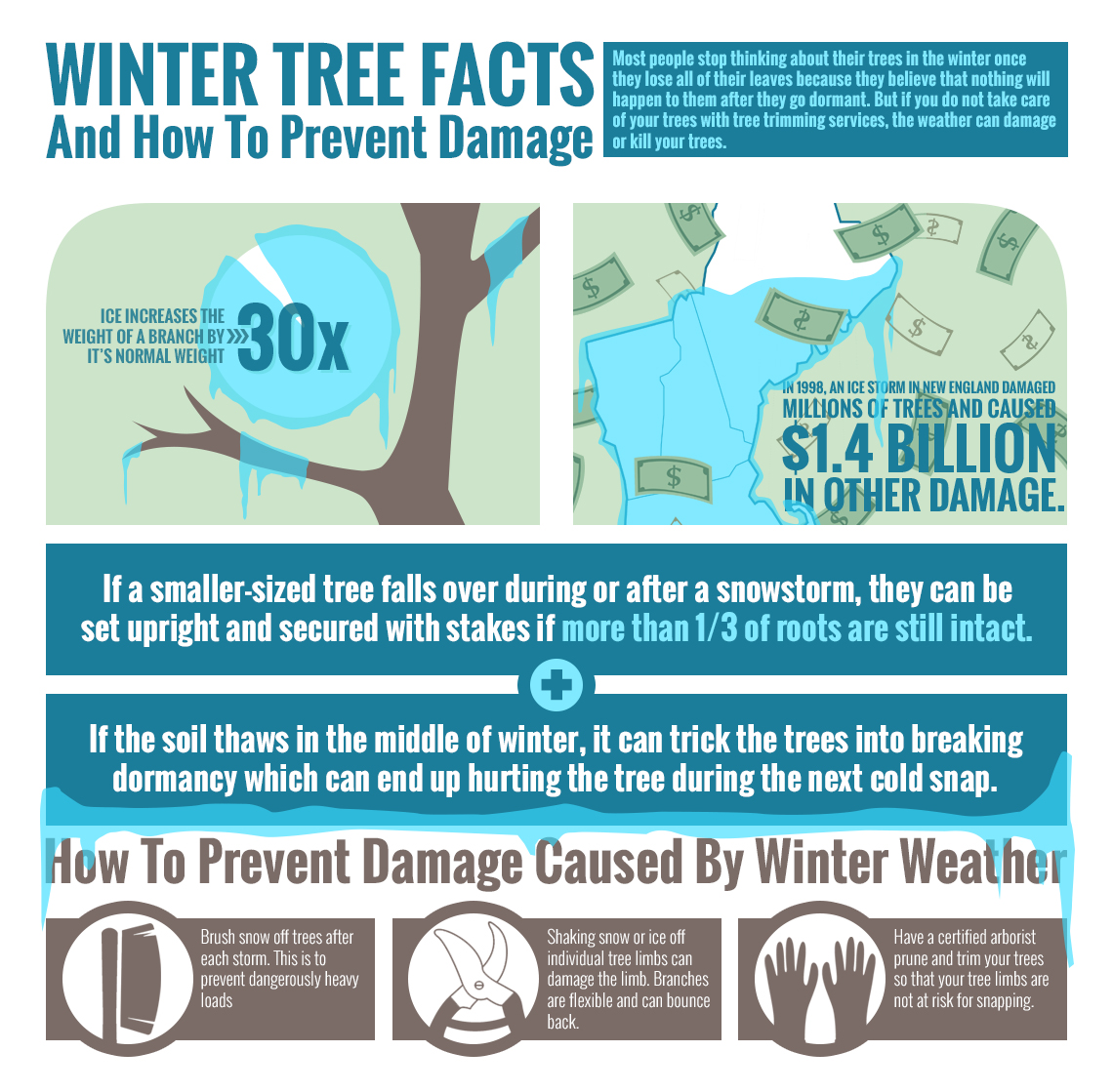Taking Care Of Your Landscape After Tree Elimination Is Crucial For Its Repair; Uncover Crucial Measures To Refresh Your Setting And Prevent Future Problems
Taking Care Of Your Landscape After Tree Elimination Is Crucial For Its Repair; Uncover Crucial Measures To Refresh Your Setting And Prevent Future Problems
Blog Article
Content Create By-Berman Leblanc
After a tree's removal, your landscape may look quite different, and it's vital to analyze the aftermath carefully. You'll wish to examine the dirt disruption and inspect bordering plants for any type of indications of stress and anxiety. Ignoring these aspects can result in larger troubles down the line. So, what should you do with those stumps and roots? And exactly how do you choose the most effective plants for your rejuvenated space? Let's explore these vital actions.
Evaluating the Aftermath: Reviewing Your Landscape
After a tree removal, it's crucial to evaluate your landscape to understand the influence it has on your lawn.
Beginning by examining the area where the tree stood. Search for indications of soil disruption, and check the surrounding plants for any stress or damage.
You should likewise take note of exactly how the removal has actually altered sunlight exposure and air movement in your garden. This shift can influence the development of neighboring plants, so it's necessary to assess their health and wellness.
Consider the aesthetic facets as well; the elimination might produce an open space that you can upgrade.
Finally, consider click here now of prospective disintegration problems that may occur from the tree's absence. Dealing with these aspects early will aid bring back equilibrium to your landscape.
Dealing With Stumps and Roots: Alternatives for Elimination
Once you have actually analyzed the aftermath of the tree elimination, you'll likely require to tackle the stump and origins left.
You have a few choices for removal. One reliable approach is stump grinding, where a specialist utilizes a device to grind the stump down to underground level. This approach leaves marginal disruption to your landscape.
If you prefer a DIY approach, you can use a mix of digging and chemical stump cleaners. Just keep in https://www.countryliving.com/gardening/garden-ideas/a30475711/how-to-start-a-straw-bale-garden/ , this procedure can require time and effort.
Alternatively, think about leaving the stump as a natural feature, which can work as an unique garden aspect or environment for wildlife.
Whatever you select, addressing the stump and origins is necessary for restoring your landscape.
Picking the Right Plant Kingdoms for Your New Area
As you analyze your freshly removed area, selecting the right plants can significantly improve your landscape's beauty and capability.
Begin by taking into consideration the sunshine and dirt conditions. For warm areas, opt for drought-resistant plants like lavender or succulents. In shaded spots, brushes and hostas prosper well.
Consider the size and growth habits of your plants; mix perennials and annuals for seasonal range. Don't fail to remember to include indigenous types; they require less upkeep and assistance regional wildlife.
Team plants in weird numbers for a more natural appearance and create layers for visual deepness.
Lastly, ensure click for more have a mix of colors and textures to keep your landscape vivid throughout the seasons.
Pleased growing!
Conclusion
To conclude, restoring your landscape after tree elimination is a gratifying procedure. By evaluating the results, addressing stumps and roots, and selecting the right plants, you'll develop a successful setting. Don't neglect to incorporate disintegration control procedures to safeguard your dirt. With a little effort and care, you can transform your area into a vibrant garden that boosts your home. Welcome the opportunity to renew your landscape and take pleasure in the appeal of nature right in your yard!
